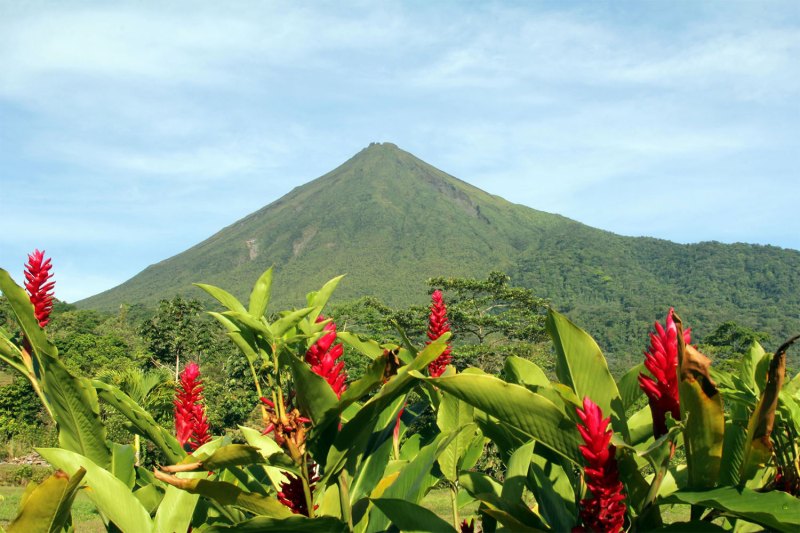
It’s the county’s unofficial mantra that has no direct English translation. But, in general, it’s about appreciating purity and simplicity in all things: life, love, money, and even food. Here, we present six of the country’s simple, staple food and beverages that every visitor must try.
Naturales

Central America grows some of the juiciest, tastiest fruit in the Western Hemisphere. So, it’s no surprise that ticos relish the simplicity of turning that fruit into delicious beverages. The drinks go by many names — naturales, refrescos, batidos — but they’re all essentially the same. Fresh fruit is blended with ice, water or milk, and a bit of cane sugar. You’ll find them at just about every restaurant and roadside shack throughout the country. The simplest varieties consist of blueberry, mango, pineapple, and blackberry; however, seasonal variations incorporate fancier options like horchata (usually milk, rice, and cinnamon) and cas (sour guava).
Coffee

Costa Rican coffee ranks among the best in the world, but we’re guessing you knew that already. The country’s unique volcanic soil contains high traces of minerality that impart a wide range of flavors on the beans. Just like subtle changes in terroir (wind, erosion, humidity) can affect wine, so too do they affect coffee. Simple variations in altitude, for example, can impart vastly different flavor profiles on the end product. Head to the country’s Central Valley for a schooling in the entire process, from bean to cup.
Casado

Casado — literally “married” — can be found in every soda (traditional tico restaurants) throughout the country. No surprise as it is considered the staple of Costa Rican cuisine. The simple, yet complete dish consists of white rice, black beans, a vegetable, a protein (grilled chicken, fish, or pork), and usually fried plantains.
Gallo Pinto

Another staple of the tico diet, gallo pinto is the Costa Rican take on rice and beans (but don’t call it “rice and beans”, because it isn’t the same thing to locals!). The base is as simple as it sounds — fresh black beans, white rice, cilantro, onion, sweet pepper, and a bit of oil to fry it all in. However, there are subtle variations throughout the country and every region will tell you that their homegrown recipe is the best. To look like a true tico, add a dash of Salsa Lizano — Costa Rica’s unofficial national condiment.
Rondon

Well-traveled chefs — we’re looking at you, Anthony Bourdain — will tell you that a country’s peasant food is the key to understanding its culture. Rondon dates back to the subsistence diets of early Caribbean natives. The name is, in fact, an anglicism of “run down”, as in “the chef would use whatever he could run down”. It’s a staple soup of several Latin American countries that border the Caribbean and all have their own twist on the dish. In Costa Rica, it typically consists of a coconut milk base, along with fresh chunks of fish, a hearty root vegetable (like yucca), chile panameño (yellow lantern chili), and spices like thyme and garlic — all simmered over a wood fire for hours. It’s just as smoky and satisfying as it sounds.
Ceviche Tico

Many countries offer their own take on ceviche, but there’s a palpable purity to the Costa Rican variety. Fresh sea bass — a staple fish throughout the country — is typically used as the base. Then, cilantro, red onion, and a dash of red pepper are added before marinating the entire concoction in citrus juice. The citric acid slowly “cooks” the meat, imparting it with a clean, beautifully tropical flavor. The tico variety is typically served with a side of fried plantains or crackers.


